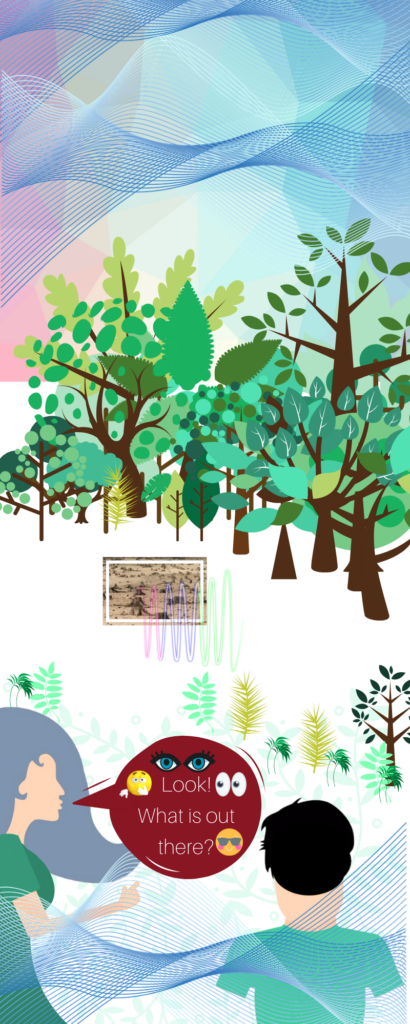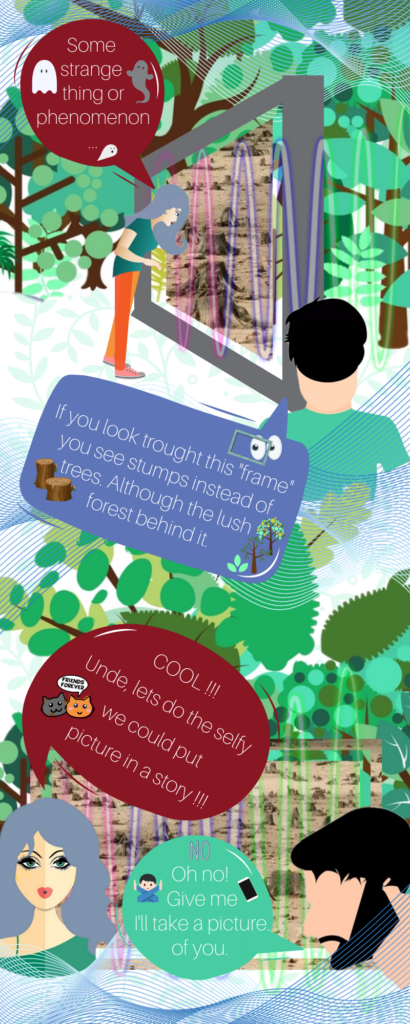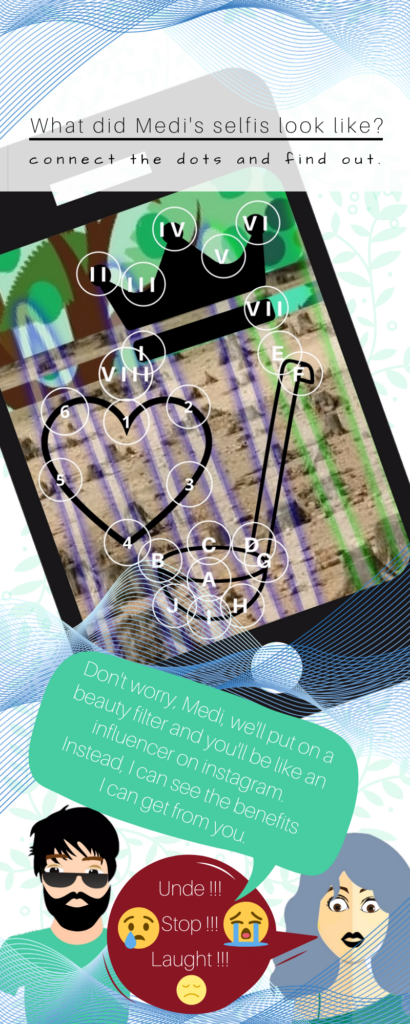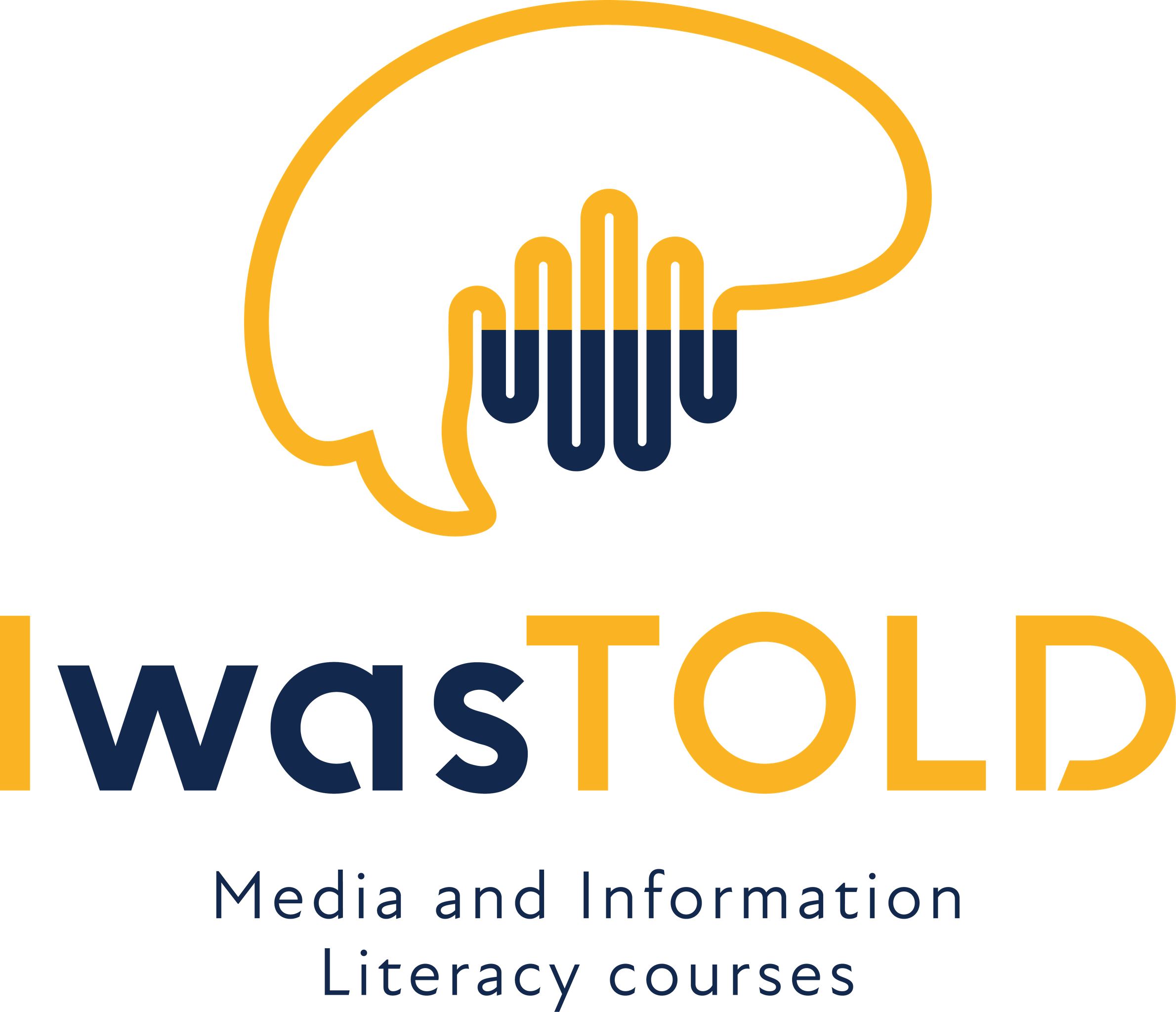What happens when the pursuit of benefit becomes a value
Are we inframing each other?
Martin Heidegger explains that in the past man lived according to Aristotle’s four rules on the consequences of causation. Now trying to follow them becomes a challenge: “We use and manipulate natural resources to provide the conditions to create or recreate the technologies invented by our minds.” In other words, we are not only creating newer versions of older technologies, but also redesigning objects, processes or phenomena in nature. To do this, we use natural resources, real biological analogues of the recreated object / process / phenomenon. For example, a person is already with all his functions. It is the creation of a robot and the desire to make it as similar as possible to a human being, both in terms of appearance and internal mechanisms of operation, as well as the functions performed, is essentially the re-creation of a biological object – a human being. Perhaps the best example is Steven Spilberg’s Artificial Intelligence (2001). The robot boy (humanoid) is programmed to express feelings and believe in them, even though he himself is fake. He believes in fairy tales, feels, asks, believes, and hopes for the mercy of the accepted outcasts. Looking like a real living boy (and even as a man being naive, ignorant), expelled from home looking for ways (magical fairies) to turn into a real man so that the “mommy” (real man) would love him again. Obviously, creating such a robot in reality, even in a science fiction movie, requires a lot of resources, and the need to do so is questionable. Teams of Asian scientists are currently working most actively on the development of humanoids. introduced to the world the humanoid Sofia, who is able to communicate live with people and learn behavior from them. In New York, meanwhile, there is a restaurant where food is prepared by robots who have learned the moves from the world’s best chefs. The transformation action uses biological resources – human teams (their minds, time, forces, health) and depleting natural resources (metals and other materials). In addition, Heidegger emphasizes that by using resources for the development of modern technologies, a person seeks maximum benefits at minimum costs.
Martin Heidegger explains that in the past man lived according to Aristotle’s four rules on the consequences of causation. Now trying to follow them becomes a challenge: “We use and manipulate natural resources to provide the conditions to create or recreate the technologies invented by our minds.” In other words, we are not only creating newer versions of older technologies, but also redesigning objects, processes or phenomena in nature. To do this, we use natural resources, real biological analogues of the recreated object / process / phenomenon. For example, a person is already with all his functions. It is the creation of a robot and the desire to make it as similar as possible to a human being, both in terms of appearance and internal mechanisms of operation, as well as the functions performed, is essentially the re-creation of a biological object – a human being. Perhaps the best example is Steven Spilberg’s Artificial Intelligence (2001). The robot boy (humanoid) is programmed to express feelings and believe in them, even though he himself is fake. He believes in fairy tales, feels, asks, believes, and hopes for the mercy of the accepted outcasts. Looking like a real living boy (and even as a man being naive, ignorant), expelled from home looking for ways (magical fairies) to turn into a real man so that the “mommy” (real man) would love him again. Obviously, creating such a robot in reality, even in a science fiction movie, requires a lot of resources, and the need to do so is questionable. Teams of Asian scientists are currently working most actively on the development of humanoids. introduced to the world the humanoid Sofia, who is able to communicate live with people and learn behavior from them. In New York, meanwhile, there is a restaurant where food is prepared by robots who have learned the moves from the world’s best chefs. The transformation action uses biological resources – human teams (their minds, time, forces, health) and depleting natural resources (metals and other materials). In addition, Heidegger emphasizes that by using resources for the development of modern technologies, a person seeks maximum benefits at minimum costs.
“This challenge affects a person when the energy hidden in nature is available. What is available can be extracted. What is extracted is accumulated. What is accumulated is distributed by man in his preparation. From what is distributed, something new is created ”(Heidegger). In other words, there is constant and continuous technological improvement (orig. Bestand / the standing reserve). Heidegger puts forward the theory that in this case, it becomes important how a person perceives resources (costs / resources). He argues that modern man is so engrossed in consumption that he begins to look at everything in a consumer way. For example, looking at the forest, a person sees the final product – a book. In other words, what can be made from that resource to meet your needs. Heidegger uses the term “standing reserve” to describe this phenomenon. In the abstract, the author describes it as looking at nature and seeing a reservoir of resources. “We (humans) try and perceive nature as a reservoir of resources because we are constantly framing (orig. Enframing) the environment around us and its elements.” The author also highlights the problem that when we (humans / modern technology users) frame a resource reservoir, inconsistently (by reacting carelessly to details) we lose awareness of objects, phenomena, and meanings that do not fit into the definition of a resource reservoir. Then man imagines that nature must be with him, not he must coexist with nature. The paradox is that instead of the forest (the object as it is) we see books or firewood (the final product), we repeat it subconsciously. In other words, it becomes a natural human reaction to an object / environment. According to Heidegger, the same thing happens gradually when a person looks at other people. The human attitude toward the other becomes like a reservoir of resources (resource). For example, as in labor resources. Suppose a person looks at the image of a sneaker factory workshop, he associates him with a sneaker (the final product from which he has a specific benefit) rather than people, working conditions, and the like.
According to the author, “we prefer to consider modern technologies and the nature of their operation than to delve into our relationship with their deeper essence and meaning,” so he emphasizes that “framing is the essence of modern technology. The greatest danger to a person’s ability to perceive the environment (another person / nature, etc.) is when framing controls his subconscious attitude towards the environment. ” Then modern technology has the power to act against man himself.
Man, in promoting a framing approach to the environment, does not realize the fundamental danger of such an approach to himself. By destroying his living environment, a person also damages himself. However, according to Heidegger, “if a person perceives how his attitude is incompatible with the environment, he destroys it. One would realize that one sees the environment around oneself as framed, not as real as it is (truth – altheia) (Figure 4). You could protect yourself from the dangers (harm) that a framed approach has already done. If man could understand this, he would also be able to understand freedom from technology. In other words, one’s ability to live without them. ”The author immediately adds to his reasoning with deterministic insight:“ Man cannot escape from technology and not use it. It is his destiny to invent and create them, but it is always appropriate to be vigilant about their consequences for the environment and for oneself. And not close your eyes and allow disasters like global warming to take place lightly, without subconscious control. ” Martin Heidegger sees only one way of salvation for societies – a return to truth (and finding it) through an encompassing strategy based on the consequences of causation identified by Aristotle. Then, according to the author, technology should purify the truth / altheia (correct attitude and behavior) and not the danger and harm (consequences). Under this strategy, the consequences of the communication technology for consumers (harm or benefit) should be taken into account first. Only then on their basis to develop a new technology to improve or the same. Because this is now done very rarely (and less and less) due to lack of time, in the diagram, this feedback is marked by an increasingly fading and cracking gray line at the fourth stage (Heidegger, Martin, and William Lovitt.1997).
In his essay, concluding his analysis of the essence of technology, Martin Heidegger makes an optimistic conclusion / assumption that “the closer a person is to danger, the closer he is to solving the problem. The closer you realize how to preserve your environment (the truth) and raise even more questions. These doubts would help to identify the danger, its origin, without feeling the damage (consequences) caused by it ”. In other words, the more distrustful a person looks at technology and analyzes the consequences of them, the greater his ability to see technology as it is. Without exaggerated admiration and denial.




